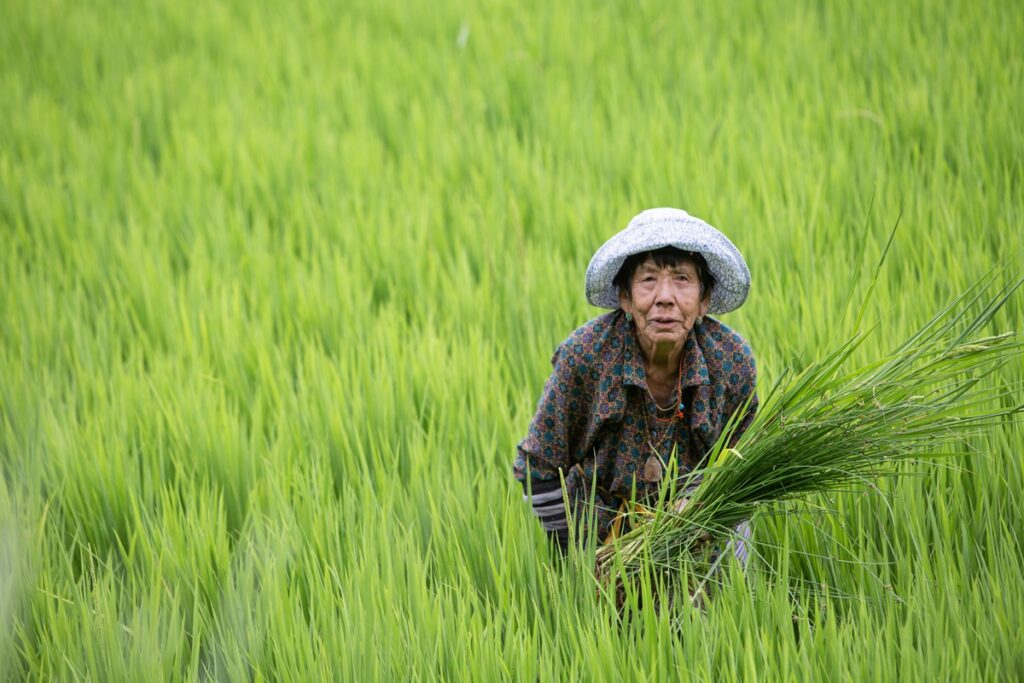Saima Wazed, WHO Regional Director for Southeast Asia
Our company has designated World Occupational Safety and Health Day on April 28 of each year to promote the prevention of occupational accidents and diseases worldwide.
Our sister organization, the International Labor Organization (ILO), observed the World Day in 2003 to raise the political profile of occupational safety and health and to serve as an essential 'advocacy' element of the global strategy on occupational safety and health. I started doing it.
Considering that almost 60% of the world's population is engaged in work, the fundamental right of every worker to a safe and healthy environment is one of great importance. When we consider how much of our lives is spent in our workplaces, it becomes clear how much of our workplace health and safety is a public health concern.
Occupational health includes the physical, mental, and social health of workers while preventing workplace-related hazards.
Hazards can cause occupational diseases that impair workers' ability to participate in the workforce, resulting in increased long-term morbidity rates. The World Health Organization (WHO) and ILO estimated that 1.88 million people died from work-related illnesses and injuries in 2016.
Our WHO Southeast Asia Region (SEAR) faces a disproportionately high burden of work-related mortality, with 36.5 deaths per 100,000 working people. Occupational risks also rank as his third largest environmental risk factor for disease estimates in our region.
Informal workers in our region face significant challenges due to poor working conditions and limited social protection. They are disproportionately vulnerable to economic shocks and lack adequate protection in the workplace, further exacerbating the effects of workplace injuries.
The impact of climate change on occupational health has also recently emerged as a concern. Climate-related hazards, particularly extreme weather events, limit the amount and duration of work and pose risks to the health and safety of workers.
Health and safety is not just a physical issue. The COVID-19 pandemic has highlighted the urgent need to address mental health issues in the workplace. A safe and healthy working environment supports mental health, and of course, good mental health allows you to work productively. Issues like depression and anxiety are prevalent in the workplace, impacting productivity and performance. If left untreated, the economic cost is estimated at US$1 trillion annually.
Effective organizational policies, early detection of health problems, health checkups, and preventive care contribute to a safety net and increase health awareness among workers.
Ensuring better occupational health and safety requires partnership and cooperation.
our Regional Action Plan for the WHO Global Strategy on Health, Environment and Climate Change (2020-2030) emphasizes collaboration with the Ministry of Health, Labor and Welfare to comprehensively address occupational health.
These collaborations between the health and employment sectors are critical to protecting vulnerable groups in society. Non-contributory social protection systems are also essential to protect casual workers from the economic consequences of workplace injuries.
As outlined in the Sustainable Development Goals, occupational health must be prioritized to achieve sustainable growth, inclusive development and resilience to climate change vulnerabilities.
The need to create a positive and healthy workplace is self-evident. The results of these efforts have a positive impact on companies, organizations, society as a whole, and individuals.


